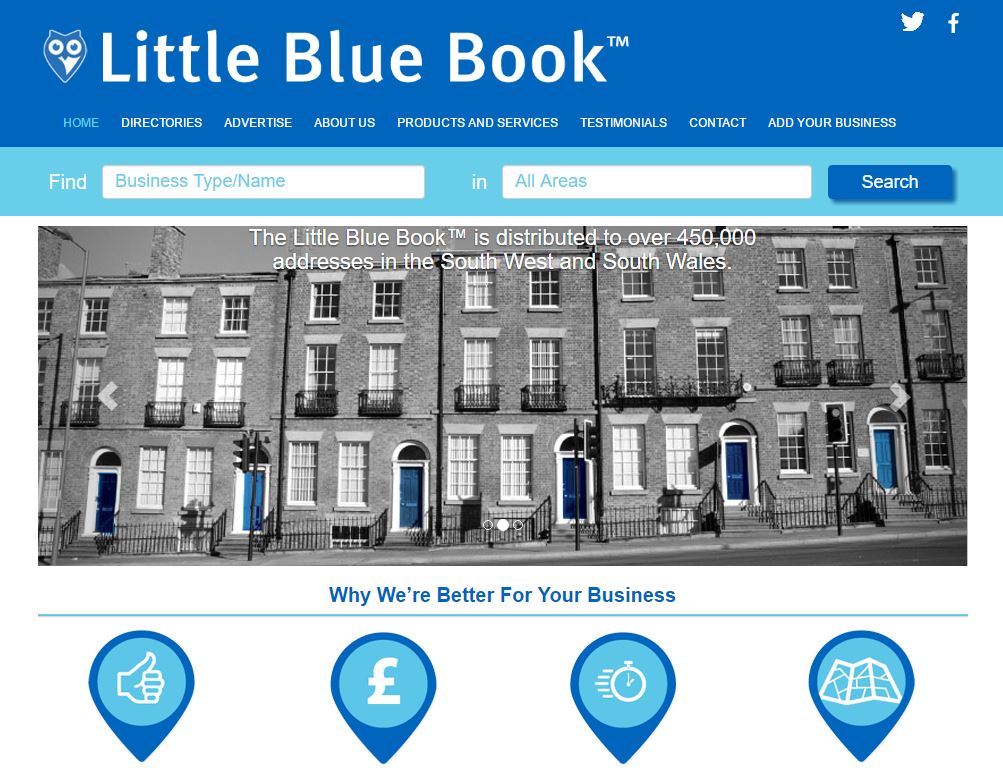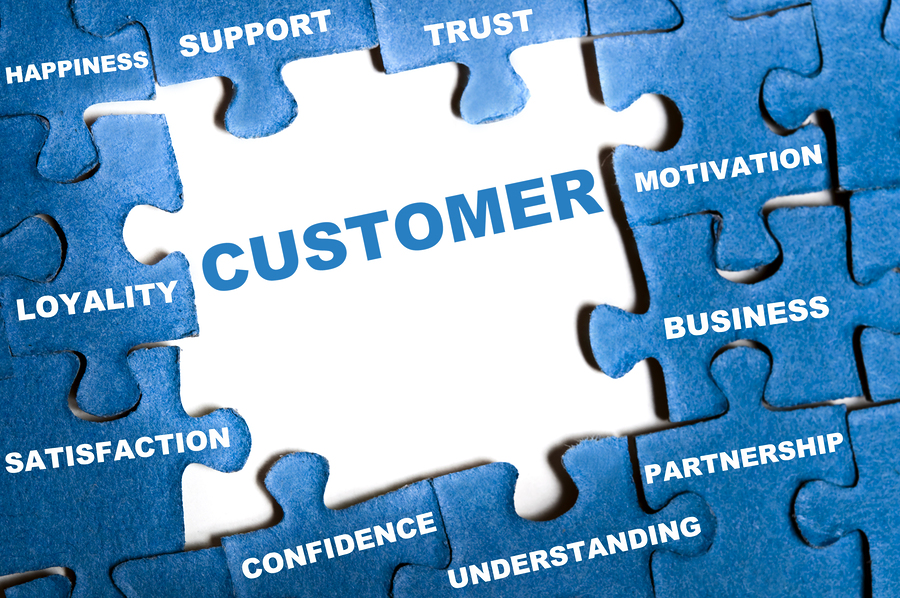Are we born with a creative mind, as opposed to a mathematical mind? Some say we are, and that we can’t be both. We are either governed by the right side (the creative side), or left side (the logical side). This is only a theory – that our characteristics come through according to which side is more dominant. But new research says otherwise.
Creativity can be nurtured in someone who perhaps thinks they are not creative. We all have to be creative to solve problems in life in one way or another. Obviously creativity is very subjective. If you asked 10 different people for feedback on your creative ideas, you’d get 10 different answers! Do not let criticism strangle your creative process. It’s good to listen to others and their constructive criticism, and by taking the positive out of this, you can use some of what they say to play around with other ideas.
Nothing is perfect, so don’t feel you have to come up with the perfect solution. Don’t rule out working on ideas that perhaps you are not so keen on because following these paths may make you come up with another solution that fits. Of course someone who is trained in creativeness will be able to initiate ideas quicker than someone with no experience.
Some creative designers prefer to work on their own but for ideas to flow, it’s always good to share. This is called “brainstorming”, where a few creative minds get together and thrash out an idea or concept by drawing on bits of paper with doodles or writing them down or sharing them verbally. People can bounce ideas off of each other then and perhaps take their ideas one step further in a way they hadn’t thought of. The initial brief needs to be clear and concise though. You cannot say everything in one design, so good communication is the key.
Inspiration is always a good starting point. Collect pictures, patterns or colours that you like in the form of magazine articles, photos or illustrations and make a book of them. Anything that catches your eye. Some small thing, like a colour, may spark off a flurry of creativeness and lead you in all sorts of directions. The internet is obviously a good place to explore for ideas too. Save the pages and images you like into a file on your Mac or PC and use them to get the creative juices flowing.
Think of children and how unselfconcious they generally are. Try and think like a child and your imagination may take you on a very creative journey. Try not to be too analytical. Perhaps use a list of single words to describe the possible answers to your brief. Each word may spark an idea which may encapsulate the personality or essence of the message you want to put across. Look up key words in a thesaurus or dictionary, which in turn may spark a visual metaphor.
Let’s make up an example: Let’s say we need to design a poster for a dog’s home – they want something positive to advertise what they do. Write down key words when you think of dogs or animal sanctuaries. My thoughts are: unconditional / beautiful / refuge / safety / cuddles / fur – the list could go on and on. Look up some of these words in a dictionary or thesaurus. I looked up “refuge”. The dictionary says “a place or situation providing safety or shelter”. Or “safety” – “the condition of being protected from or unlikely to cause danger, risk, or injury”.
Working on the word “safety”, I came up with an idea. “Safety” sparked a visual of cotton wool – you probably know the phrase – “wrap someone up in cotton wool” which suggests keeping that person safe from harm as cotton wool is so soft and inviting. This was my very first thought (write down all thoughts) and it came to me in a matter of seconds: So how about a picture of a dog surrounded by cotton wool or bouncing around a field of cotton wool?! So in a few minutes I already have one positive idea. I have roughly illustrated my idea it below.

So, now you have seen a brief outline of the creative process, go and play away! Do you have any tips of how to be creative? We’d love it if you share your own creative process below.
Leave a comment on How To Be Creative: A Designer’s GuideCategories Blog, Branding, Design, Print






